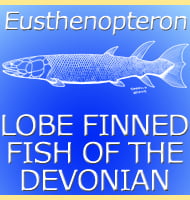Nuralagus
In Depth Further Reading – Nuralagus rex, gen. et sp. nov., an endemic insular giant rabbit from the Neogene of Minorca. – Journal of Vertebrate Paleontology 31 (2): 231–240 – Josep Quintana, Mike Kohler, Salvador Moya-Sola – 2011. – Palaeontology: The giant rabbits of Minorca. – Nature 472: 9 – Meike Kohler – 2011. – … Read more
